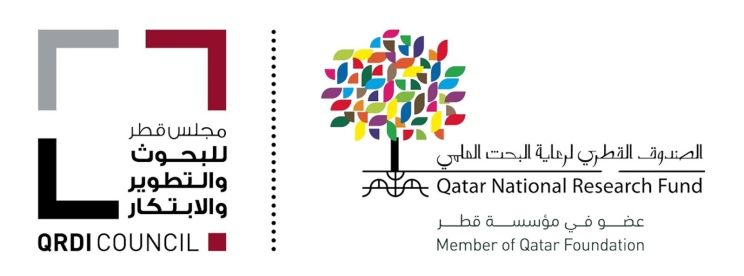
Multisensory Tangible Technologies for inclusive collaborative play between Children with Autism spectrum disorder and their neurotypical peers
Funded by QNRF | NPRP13S-0108-200027
Due to the growing prevalence of ASD in Qatar, the state launched the Qatar National Autism Plan 2017-2021. The national plan lists 44 goals to be implemented by 2021. These goals include raising public awareness, supporting early diagnosis, improving the quality of behavioral and educational interventions, and guaranteeing continuous care and support in their education and social participation. In this work, we aim to support the education and social participation of children with ASD through encouraging inclusive outdoor and indoor collaborative social play. Social interaction is key for successful inclusion of children with disabilities in society and has a significant impact on their development and wellbeing. Social interaction starts very early in children’s lives. Research into early child development has stressed its inherently social nature and the importance of mutual play and joint action between children as a basis for healthy development. Yet, children with autism often find it challenging to engage in such activities. Cognitive, behavioral, and educational science has developed frameworks and approaches to support children when participating in playful educational and social interactions. Modern-day technologies, in turn, can have a crucial role in supporting such social and collaborative play, and can encourage children to engage a range of senses including sound, touch and smell. Using these technologies to develop sensory integration in play can have a positive effect on a child’s overall engagement with their surroundings and their peers.
Related Publications
In educational settings, autistic children often encounter barriers to engaging in collaborative play. Notably, play is an important component of a child’s development, and its pedagogical significance has been rigorously researched. This study endeavored to understand the dynamics of collaborative play among autistic children across various learning contexts, examining usual methodologies, associated challenges, and potential technological constraints influencing the collaborative play among autistic children…
Journal: Frontiers in Education | Impact Factor 2020: 2.3 | 2024
A co-design process involving autistic children can provide a substantial benefit and optimal utilization of technologies to an off-the-shelf design-based one. Having a voice and making a contribution plays a major role in the co-design process. Yet autistic children exhibit varying communication and social skill and some of them may be minimally verbal or non-verbal. For these reasons, harmonizing the techniques of the co-design process with autistic children with varying characteristics requires detailed and careful consideration.…
Journal: International Journal of Human–Computer Interaction | Impact Factor 2022: 4.7 | 2023
